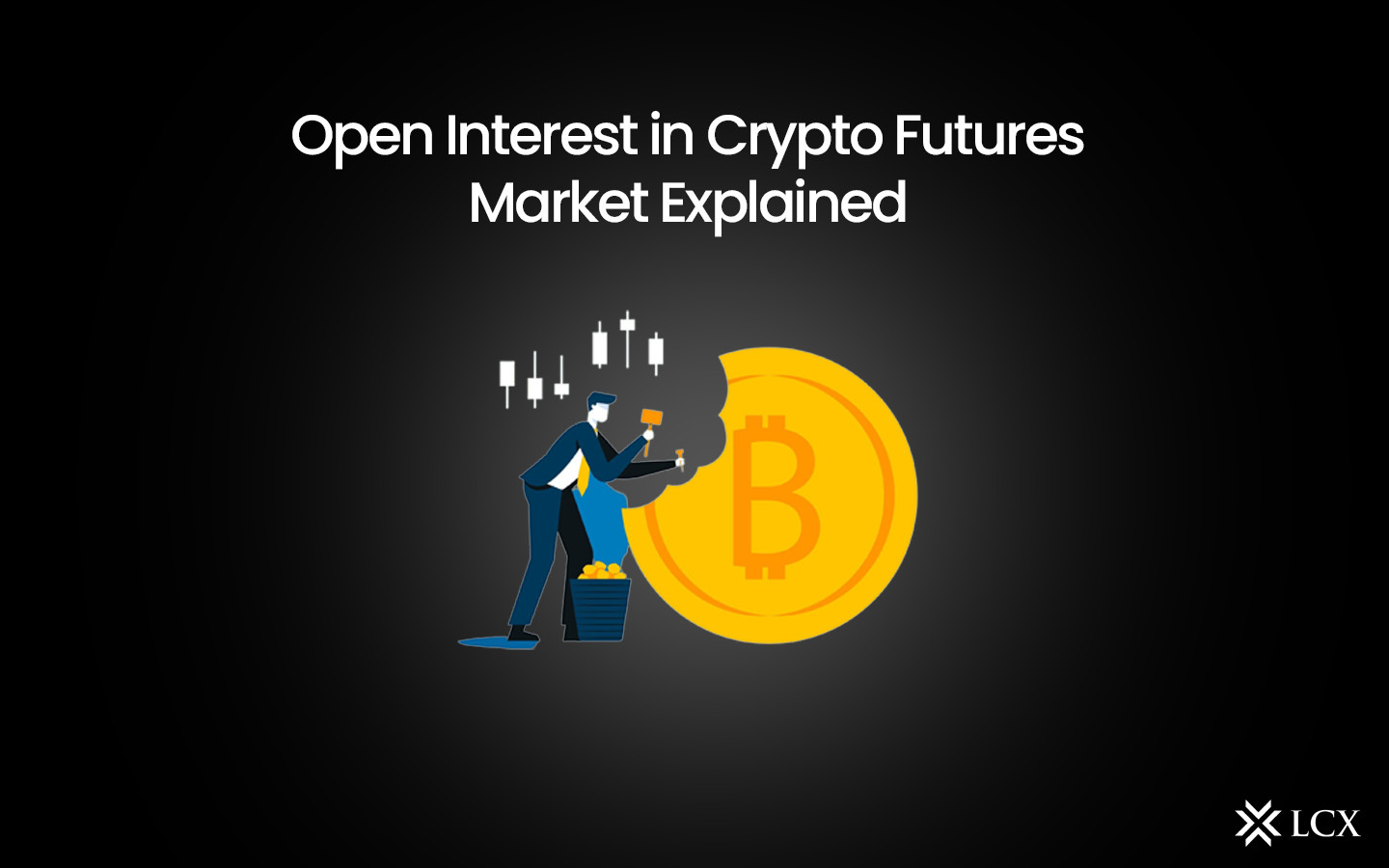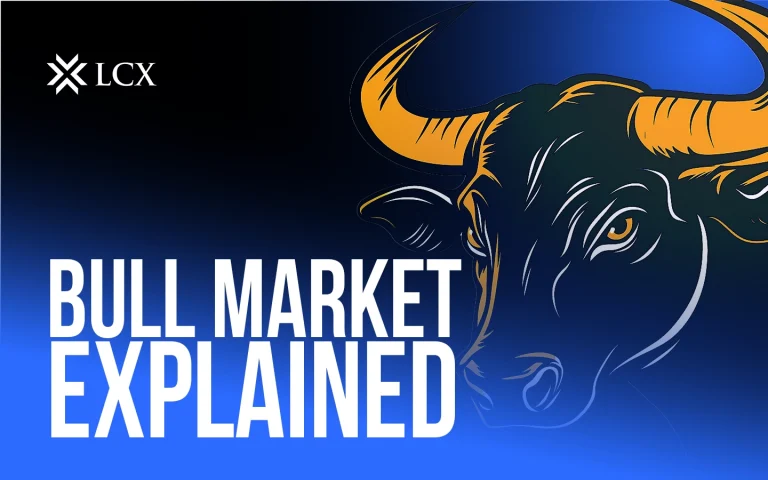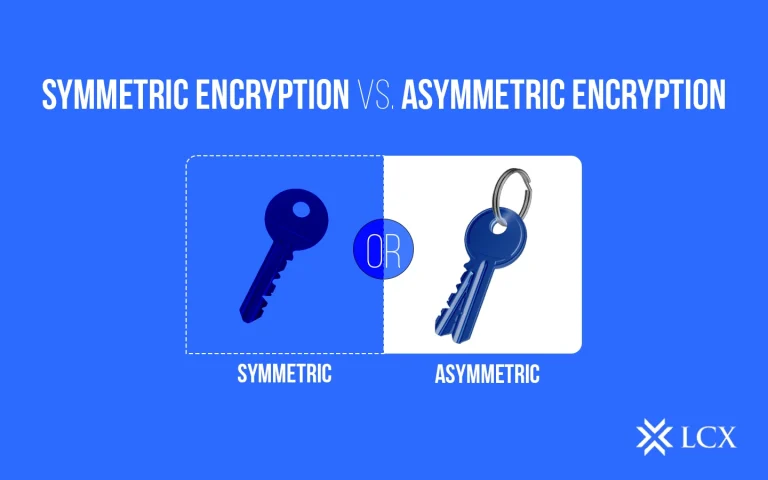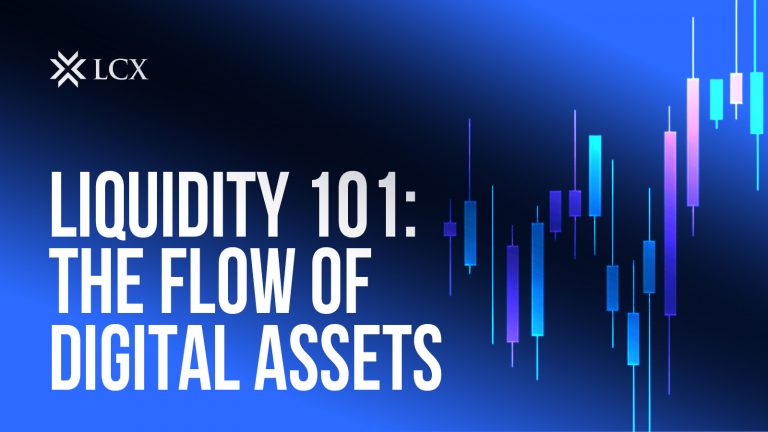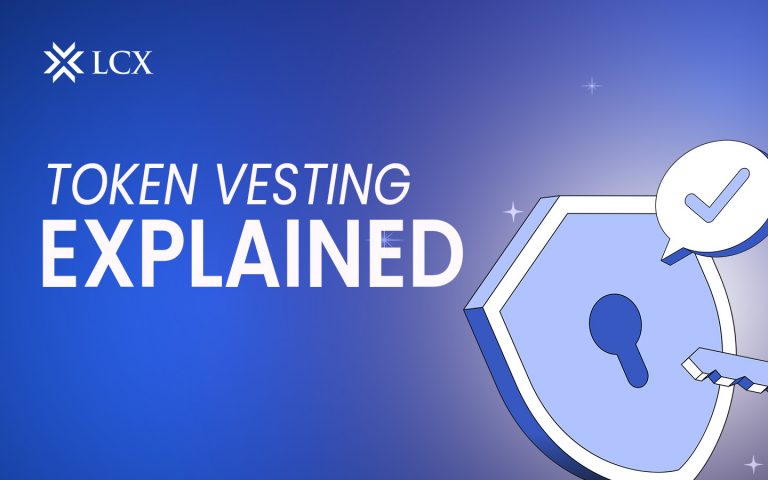In financial markets, open interest is a fundamental concept, particularly when trading futures and options. It signifies the aggregate quantity of active contracts pertaining to a particular financial instrument that are present in the present instant.
Two parties have agreed to purchase or sell the fundamental asset at a specified price on or before a predetermined future date via a futures contract. Conversely to trading volume, which quantifies the overall quantity of contracts transferred during a specified time period, open interest denotes the cumulative count of contracts that remain unfulfilled or unoffset by delivery.
Traders and analysts rely heavily on open interest as a metric to gauge market sentiment and forecast forthcoming price fluctuations. Open interest functions on the principle that it provides insights into the overall functioning of the market, including potential future developments. An increase in open interest signifies burgeoning market interest and the possibility of enduring price trends, whereas a decline in open interest may indicate a worsening trend.
Implications of Open Market for Market Direction
Open interest can serve as a determinant of market direction, providing traders with valuable insights into scenarios that are bearish as well as optimistic.
A robust trend and potential upward momentum are indicated by rising prices and increasing open interest, which bodes well for a positive scenario. This convergence reinforces confidence in the overall optimistic sentiment and signifies a consensus among participants in the market.
An adverse situation, conversely, is characterized by an increase in open interest despite prices falling, which indicates that the downward trend may persist. This alignment signifies persistent selling pressure and the consensus among traders regarding the bleak outlook.
It is essential to analyze changes in open interest in order to identify potential trend reversals. A divergence between rising prices and falling open interest, for instance, could indicate a deterioration in bullish support and potentially signal a reversal.
Likewise, the convergence of declining prices and open interest could potentially signify the end of an adverse trend and pave the way for an upward reversal. Traders who are concentrated on trend reversal often employ open interest as a leading indicator to forecast shifts in market sentiment and adapt their trading strategies accordingly, thereby enabling them to make more informed decisions.
Trading Volume vs. Open Interest
Although both trading volume and open interest are critical indicators in financial markets, they provide unique insights into market activity.
Trading volume, or the total number of shares or contracts exchanged over a specified time period, represents the amount of purchasing and selling that transpired during that period. Rather than differentiating between newly acquired and existing holdings, it provides observations regarding the liquidity and immediacy of a given market.
On the contrary, open interest quantifies the cumulative count of active contracts within the market, thereby reflecting the obligations of all traders. Open interest, as opposed to trading volume, exclusively considers contracts that remain unfulfilled by delivery or offset by a counter transaction.
How Open Interest Is Calculated for Crypto Futures Contract
It is imperative to monitor the overall quantity of active contracts at any given moment in order to compute open interest for cryptocurrency futures contracts. This provides valuable insights into market sentiment and potential shifts in trends.
The concept of open interest is subject to fluctuations as a result of the establishment of new positions or the offsetting of existing ones. When computing open interest, it is necessary to consider both purchase and sell transactions, as each trade involves two parties and generates a short and long position.
Open interest in cryptocurrency futures signifies the active involvement of traders, the establishment of fresh positions, and the potential for market trends to emerge due to changes in participants’ obligations. Traders can thus forecast potential future movements and shifts in sentiment on the cryptocurrency futures market by monitoring these fluctuations in open interest.
Strategies Based on Open Interest Analysis
Open interest analysis provides traders with valuable insights into market sentiment and potential trend developments, serving as the fundamental basis for numerous trading strategies.
Open interest is frequently employed as a strategy to either reinforce or contest prevailing price patterns. The coexistence of rising prices and rising open interest suggests that the prevailing trend is likely to persist. Conversely, if prices are increasing, a reduction in open interest may indicate a waning of support for the trend.
Observing fluctuations in pricing and changes in open interest is an additional strategy to consider. Divergences, which are defined as deviations in open interest from prices, could potentially signify a reversal of a trend. For instance, a scenario where prices increase despite a decline in open interest may suggest that the current upward trajectory is waning.
Moreover, in order to augment the process of making decisions, traders often integrate open interest with additional technical indicators. By incorporating open interest research alongside other analytical instruments like momentum indicators or moving averages, traders can attain a more holistic understanding of market conditions. This enhanced understanding subsequently aids in the identification of optimal trading positions.
Limitations of Open Interest for Crypto Futures
Open interest in cryptocurrency futures may not provide a comprehensive depiction of the market as a result of volatility, challenges in differentiating new activity from closures, and the possible failure to account for institutional positions.
An potential limitation is that open interest may not provide an exhaustive depiction of market dynamics. Distinguishing between new market activity and position closures can pose a challenge due to the fact that alterations in open interest can instigate both offsetting transactions and the opening of new positions.
In addition, precipitous and erratic fluctuations in open interest may result from the inherent volatility of the cryptocurrency market, thereby compromising its reliability as a standalone indicator. Moreover, the open interest data may not provide an accurate depiction of the magnitude of substantial positions maintained by institutional participants, nor does it furnish details regarding the dimensions of specific positions.
Traders and analysts frequently combine open interest analysis with other technical indicators in the dynamic and frequently shifting world of cryptocurrency futures trading in order to circumvent these restrictions and obtain a more nuanced understanding of market conditions.
